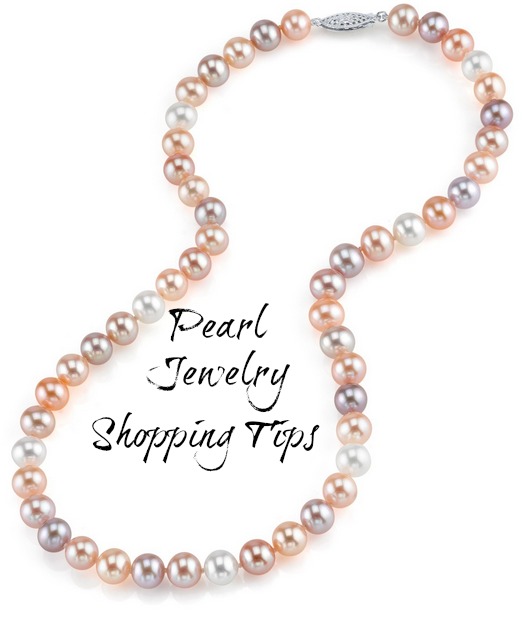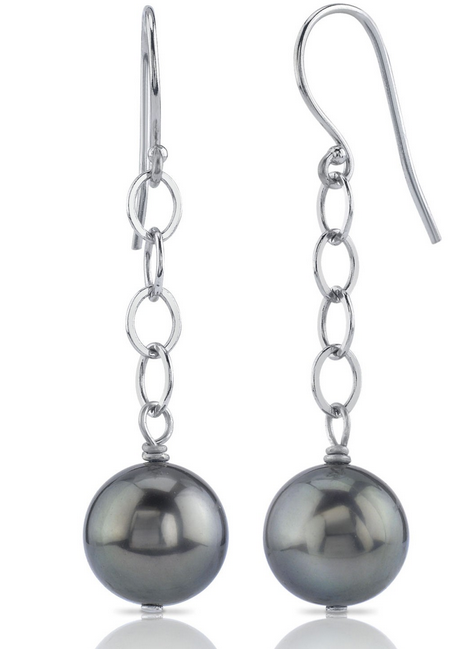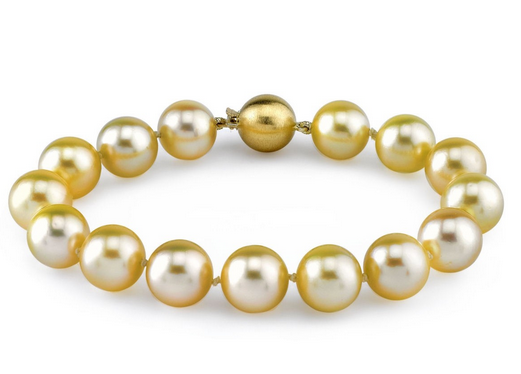All throughout history pearls have been revered almost as much as fine gems. In more recent times, a gift of pearls were considered almost a rite of passage from schoolgirl to womanhood. Be it a demure pair of earrings to the bold statement of a strand of black Tahitians, pearls are always beautiful.
Pearls are a naturally-found gem that start out as a mere piece of grit, but eventually become the shimmery beads we’re familiar with thanks to sea mollusks. These small creatures see those pieces of grit as invaders, and coat them with multiple layers of nacre, which thickens to create the luminescent pearls we love to wear on our ears, necks, and wrists.
But while there are many natural pearls found in many parts of the world, there are also cultured pearls – pearls that are grown in special labs. In the end, both types of pearls are beautiful and durable, and give the wearer a timeless appearance of class and elegance.
When shopping for pearl jewelry, whether you’re going into a store or browsing a website such as National Pearl, you will want to first familiarize yourself with the types of pearl jewelry offered, as well as how to care for your pearl jewelry. In addition to different types of pearls (such as freshwater and saltwater, natural and cultured), there are different types of settings that pearls are placed into, especially in terms of necklaces. Bib necklaces, for instance, offer several strands of pearls that are gathered together; but while a bib necklace offers long strands, a choker or collar necklace is short and designed to be worn high and around the neck. Princess necklaces are one strand that is 17 to 19 inches in length, and is probably the most popular type of pearl necklace available. For formal occasions, look for opera, matinee, and rope necklaces, which offer long stands with intricate weaving of pearls, and sometimes the inclusion of other jewels.
Once you’ve settled on the type of pearl necklace or bracelet you’d like to have, you’ll want to think about the types of pearls you like most. In addition to there being natural and cultured pearls, as well as freshwater and saltwater pearls, there are also pearls of varying colors, hues, and finishes. The pearl bracelet pictured contains Golden South Seas pearls, while the earrings above are Tahitian pearls. Pearl luster is also something to think about. Luster refers to the sharpness of the pearl and clarity of images reflected on its surface. Fine lustered pearls reflect a sharper image, as well as give off a warm hue. Lower luster pearls usually have ridges and may even have dull spots. Lower luster pearls are usually a lot more affordable, and when used in long strands or mixed with other semi-precious gemstones, look fabulous.
There’s a lot to think about when considering a pearl jewelry purchase. Armed with a little knowledge, you can make an informed decision.




[…] know how to care for pearls. If you’re in the market for new pearls, check out our pearl shopping tips, […]